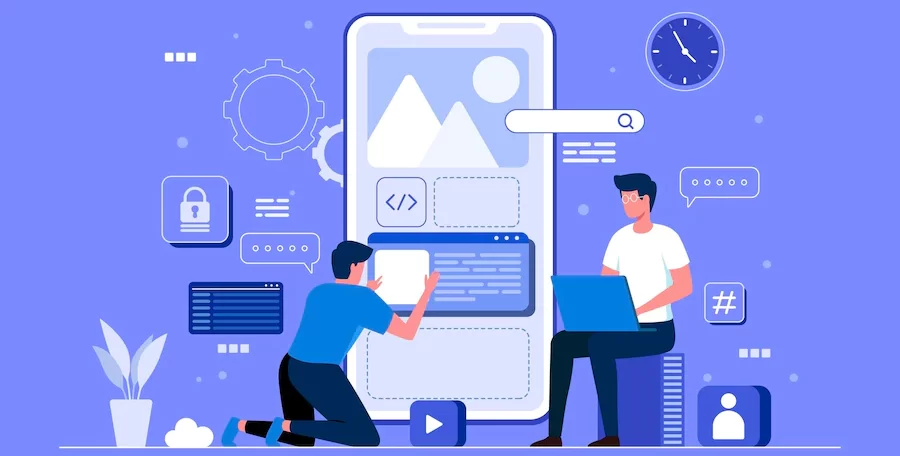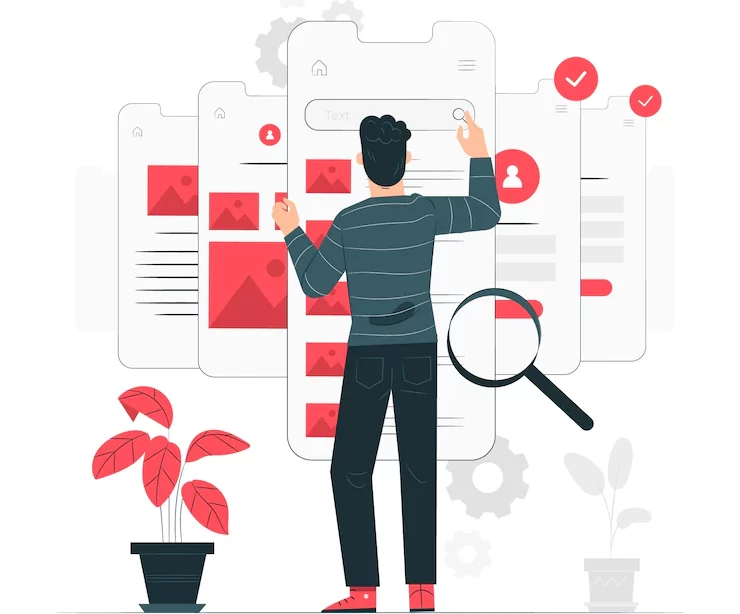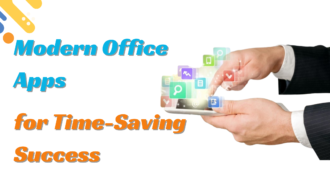Top Mobile Apps with Future Technologies
- 1 Future In Mobile App Development
- 2 Top Mobile Apps with Future Technologies
- 2.1 AI and ML-based Apps
- 2.2 Mobile Wallets app
- 2.3 Mobile Commerce Apps
- 2.4 Cloud Integration
- 2.5 Beacons Technology
- 2.6 Assembling the Wearable Application
- 2.7 Augmented Reality apps
- 2.8 IoT App Development
- 2.9 Chatbots Development
- 2.10 Instant App Development
- 3 Conclusion
More and more startups and emerging businesses are developing ideas for their mobile app. In addition, this increases competition in the mobile app development industry. Developing a simple app that integrates standard features will not make your app any different.
Like most businesses, you have to start using the latest technologies and trends to keep your app afloat. Before that, you need to know the future trends and technologies of app development to create an effective application development strategy. This strategy will definitely lead to the successful development of the app.
In this article, we discuss top Mobile Apps with Future Technologies.
Future In Mobile App Development
Mobile app development is improving as the demand for mobile applications grows and technology constantly evolves. As the application development industry continuously evolves, it is the best opportunity for people interested in the same field to expand their technology.
The demand for mobile applications increased when 2020 marked the beginning of a pandemic. People needed apps that helped them alleviate their boredom then. Additionally, several apps have helped people run their businesses with their team at home.
Today, mobile apps meet all the needs of mobile users, which is why many users download apps. Additionally, many businesses are developing top mobile applications for their businesses.
Top Mobile Apps with Future Technologies
AI and ML-based Apps
Apps like Google Assistant, Siri, and Replika are more powerful and reliable than previous versions. They learn from you and perform various tasks using the Internet of Things that improve the quality of our lives. In 2017, AI and ML-based apps concentrated on a few duties, like production management automation (34%), anticipating future shopper purchases (19%), and trading automation (17%). Nowadays, sales and production are also among the leaders.
Mobile Wallets app
Digital wallets are a vital unit of modern e-commerce. E-wallet contains two components – software and user data storage. Users can create a mobile wallet system in various ways – mobile wallet platforms with client applications, P2P platforms accessible to a specific banking app, and merchant applications that use e-commerce technology and are connected to a particular number of banks. They are all in great demand.
Apple Pay, Google Pay, etc., are essential proof of wallet use worldwide. However, the number of cash payments is still limited.
Mobile Commerce Apps
There are various M-commerce app trends. First, many brands have developed attractive mobile apps for selling goods with a single touch. Second, m-commerce accelerates IoT development: instant purchases need automated third-party services such as stock management and delivery support.
In order to encourage users to place orders, m-commerce platforms integrate AI and AR modules into their operating systems. The first helps brands make personal offers to their customers. The second makes shopping online feel closer to visiting a real store.
Cloud Integration
The cloud app does not use mobile device storage and works directly from the Internet. Users can start it with a web link. It isn’t a similar website, but users can sometimes use the cloud application offline.
Cloud integration forces developers to ignore building native iOS or Android apps and switch to faster apps to maintain the same app benefits for users and even strengthen them.
Beacons Technology
Small Bluetooth devices interact with customers’ smartphones. They recommend offline shopping information by allowing customers to navigate the store appropriately, display product information, and guide them with discounts. Beacon technology requires a mobile app to connect a business with its customers.
In most cases, beacons use a traditional app explicitly designed for a particular store, type, or retail network—Beacons Pioneers – Macy’s, Walmart, Alex and Ani, and Levi’s Stadium Concessions. However, aggregator apps also collect information about offerings and maps of a few sales locations.
Assembling the Wearable Application
The portable gadgets are connected to the user’s primary mobile device and updated using internet access or, rarely, directly connected to the Internet via a mobile network or Wi-Fi.
The latest trends in mobile apps show that People have developed the most cost-effective clothing applications in fitness, healthcare, and other industries. Personalization and online transactions sorts are also among the leaders.
Augmented Reality apps
Both mobile and embedded Augmented reality (AR) mobile applications are expected to increase revenue. There are several reasons for this. First and foremost, the 5G internet standard is coming. It will make it possible to use a practical, unpopular approach everywhere, from education to manufacturing. The second reason is the development of virtual reality software that is unpopular with taxpayers. We see that this will also affect the trends of the latest applications.
IoT App Development
The Internet of Things is a network of portable devices that requires only a few actions from the user to perform useful domestic, financial, trading, and other functions.
AI algorithms, cloud platforms, online hardware, and tracking devices are essential IoT features. However, app developers and developers must also consider user interaction.
Chatbots Development
Chatbots have been widely used in the scientific field. New AI discoveries have turned chatbots into our daily helpers. The most successful independent chatbot apps are Google Assistant, Apple Siri, and Amazon Echo. Yet, we see chatbots wherever we can chat or require help—on Facebook, within banking apps, or in online stores.
Chatbots have helped business owners reduce costs incurred in the support team and provide more users per hour.
Instant App Development
Instant apps don’t need installation from Google Play Market. They increase the user’s chances of completing a target action (an online purchase, subscription, or contacting the company).
Instant apps need minimum resources to run so they are better accessible. 25% of users uninstall apps from their gadgets to free up storage—they don’t need to use instant apps to do so!
Conclusion
Therefore, the app development market is growing because app users are eager to reap the benefits of mobile apps, meet custom requirements, and improve the profitability of their businesses. It shows that the future of app development, Android, iOS, etc., is bright today and will shine forward.


















